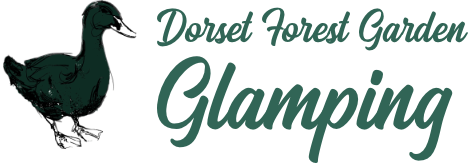This has to be our favourite bird on our farm. We were keen to do all we could to attract a barn owl as soon as we built our barns over 20 years ago. We consulted with the Barn Owl Trust an had a barn owl nesting box installed.
We waited – and we waited. Years ticked by and nothing.
Then one magical day as I was planning the location of one of our shepherd’s huts and enjoying the view, a beautiful white bird flew up the field towards me and hovered a matter of a few feet from me intent on its prey on the ground before peeling off and leisurely flying over to the barn. It had happened. Our nesting box and owl had become united! For days after this it was a regular sighting. Early enough in the year before nesting commenced and the days lengthened, we were able to capture some of its nocturnal activity as the day dawned. They have excellent vision and hearing that allows them to capture prey at night.
Barn owls fly so silently, and seen from below appear white. They are truly beautiful to watch and seem oblivious to people.
Barn owls are found on all continents except Antarctica and can cope with a wide range of habitats, including deserts, grasslands, forests, and urban areas. They don’t build their own nest so, where a nesting box is not provided, they nest in hollow trees, cliff cavities or in buildings. They simply use debris around the nest to form a depression. We provide soil and shavings in the nesting box for them. The female can lay anything from 2 to 10 eggs in a season, which are incubated for roughly 30 days.
The young start to fly at about 60 days. They return to the nest site at night for a few weeks before leaving their home.
A few lucky guests report spotting our owls – usually in autumn or spring.

